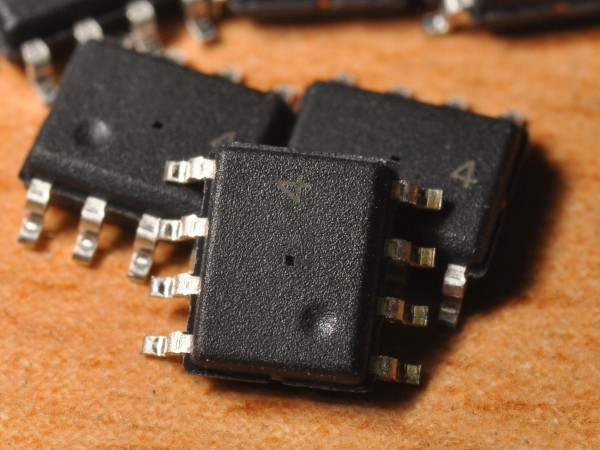The sensor is able to achieve this function by allowing such systems to measure the incident light intensity at the array of five photo-transistors (center, left, right, top and bottom cells) as electrical currents. The relative incident light intensity on each cell is depending on sunlight’s angle of incident, therefore the sensor’s output currents can be utilized to determine the sensor’s orientation relative to the Sun. This allows the sensor to track the Sun, and hence provides the necessary adjustments to the PV/thermal arrays or reflectors to maintain maximum power output throughout the day.

Features
• Voltage bias 3-10V
• Typical output current level 0-0.1 mA
• Maximum operating angle ± 44º
Benefit
•SOIC 8L packaging.
• ± 44º with dead area.
• Photo-gain increasing by voltage bias.
• Reasonable price.
Why Solar Tracking Systems
Global warming has increased the demand and request for green energy produced by renewable sources such as solar power. Consequently, solar tracking is increasingly being applied as a sustainable power generating solution.
Solar Tracking System is a device for orienting solar panel or concentrating solar reflectors or lens towards the sun. In concentrated photovoltaic (CPV) and concentrated solar thermal (CSP) applications, trackers are used to enable the optical components in CPV and CSP systems. The optics in concentrated solar applications accept the direct component of sunlight and therefore must be oriented appropriately to collect energy. Tracking systems are found in all concentrator applications because such systems do not produce energy unless oriented closely toward the sun.

